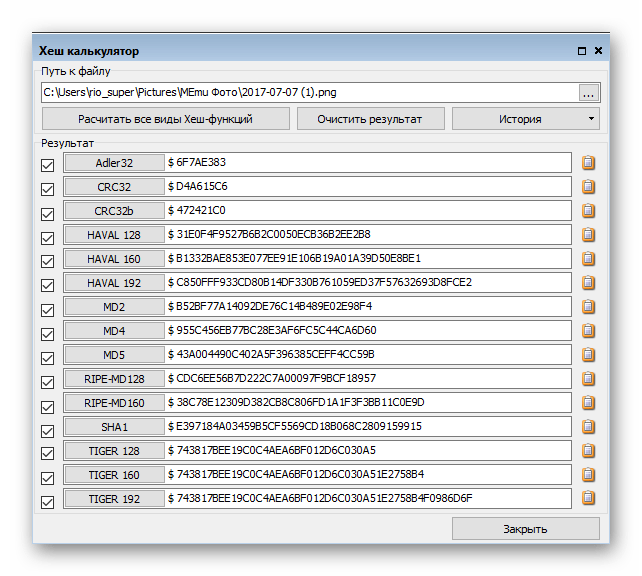
That is a more difficult problem to solve, but a few years ago I did take a shot at it and developed an AVISynth script that can usually make the video look a little better. However, if they are actual videotapes (or discs), then the problem is more likely something to do with faulty capture hardware, and most likely you will find that, in addition to the duplicates, there are probably corresponding dropped frames. If these are transfers from actual movie film, then there is one set of solutions to consider which involves removing duplicates that were added to make the movie play at the correct speed when transferred to video. Do you really mean that they are movies, shot on film and then transferred to video, or are they actually videos, shot on some unknown hardware? You say "movies," but you say they were taken in the 1990s. but that is not the causeĪcutally I'm the opposite of a prof, and do with VirtualDub2 mostly.
FRAME DUPLICATE DETECTOR HOW TO
I was not able to decide which of both is the case.Īnd - depending on the answer - how to do the job? (Then they must not be removed, because the timeline would be out of order.īut the dupes could be exchanged by time-wise intermediate frames, Or are they "placeholders" of frames the camera couldn't deliver (The values of 8, 6, 7 are different from movie to movie of course.


I had a closer look at the distribution of the dupes,Īnd it shows it is not arbitrarily, but in a kind of "pattern".īut not as simple as "every 5th frame a dupe" or so,īut mostly "8 times every 6th frame a dupe, then once the 7th, Taken with unknown hardware I spotted that there are duplicate frames.Īs I need to analyse the movies closely and framewiseįor further algorithmic processing these dupes are very disruptive.

In some older family feast movies (from about the 90ies),


 0 kommentar(er)
0 kommentar(er)
